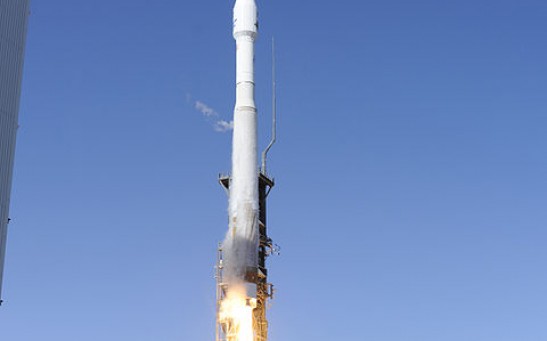science
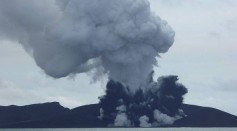
New Island Created By Volcano in Tonga
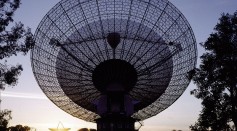
Follow-Up on the Alien Radio Transmissions and What they Could Mean for Researchers? Finding Stellar remnants far after the blast
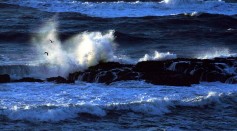
Dust on the Ocean Floor Reveals Ancient Supernova

Through Time and Stone--X-Rays Help Solve 2,000 year old mystery from Mt. Vesuvius

Stress Could Be Why We Don’t Empathize

Tools Could Be the Topic for First Ever Conversations

India's Patent Office Breaths New Life On The Production Of Hepatitis C Medication, Gilead Shot-Down In The Process

Fertilizers Pose a Threat to the Future of Our Planet

Online Hospital Booking Sites Like ZocDoc Are Allowing Members To Text-in Their Upcoming Appointments
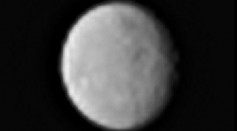
Dwarf Planet Ceres Approached by Dawn
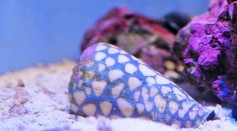
The Secret Behind The Cone Snail's Lethal Venom―Insulin

Researchers in Scottland Find Remnants of Nessy’s Relatives—Or So It Seems
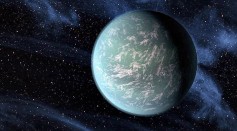
Planets Outside Our Solar System May Be More Hospitable to Life Than Originally Believed
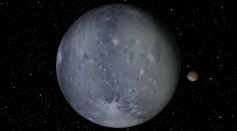
Could More Dwarf Planets Lie Beyond Pluto
Most Popular

AI Revolution in Medical Education: Transforming How Healthcare Professionals Learn

Optimizing Complex Catalog Systems with Graph Theory and Indexing

Exploring Life Beyond Earth: Study Claims Other Planets Could Be Suitable for Alien Life

China’s Tiangong Space Station to Expand Its Capabilities With New Modules

